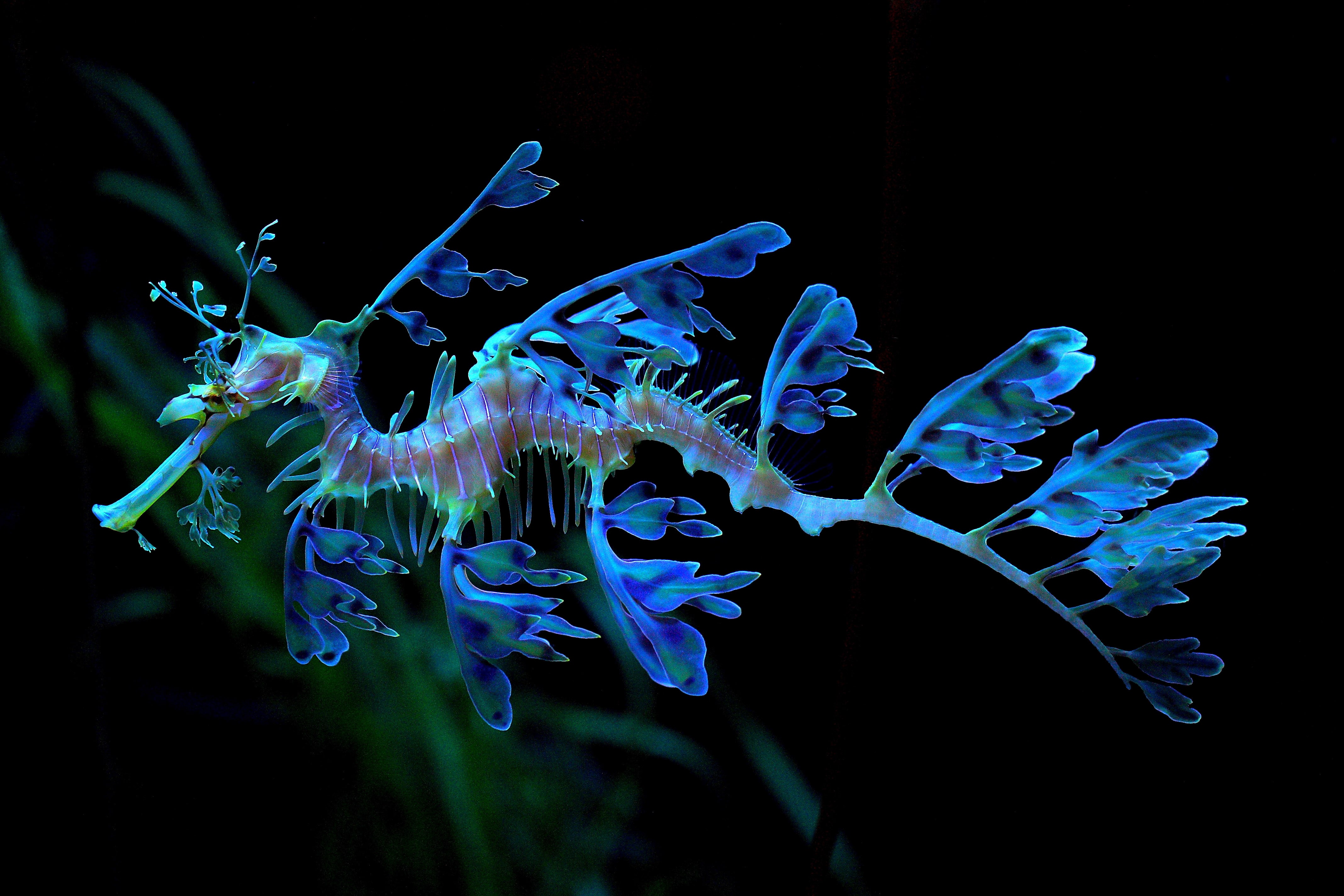
Leafy Seadragon


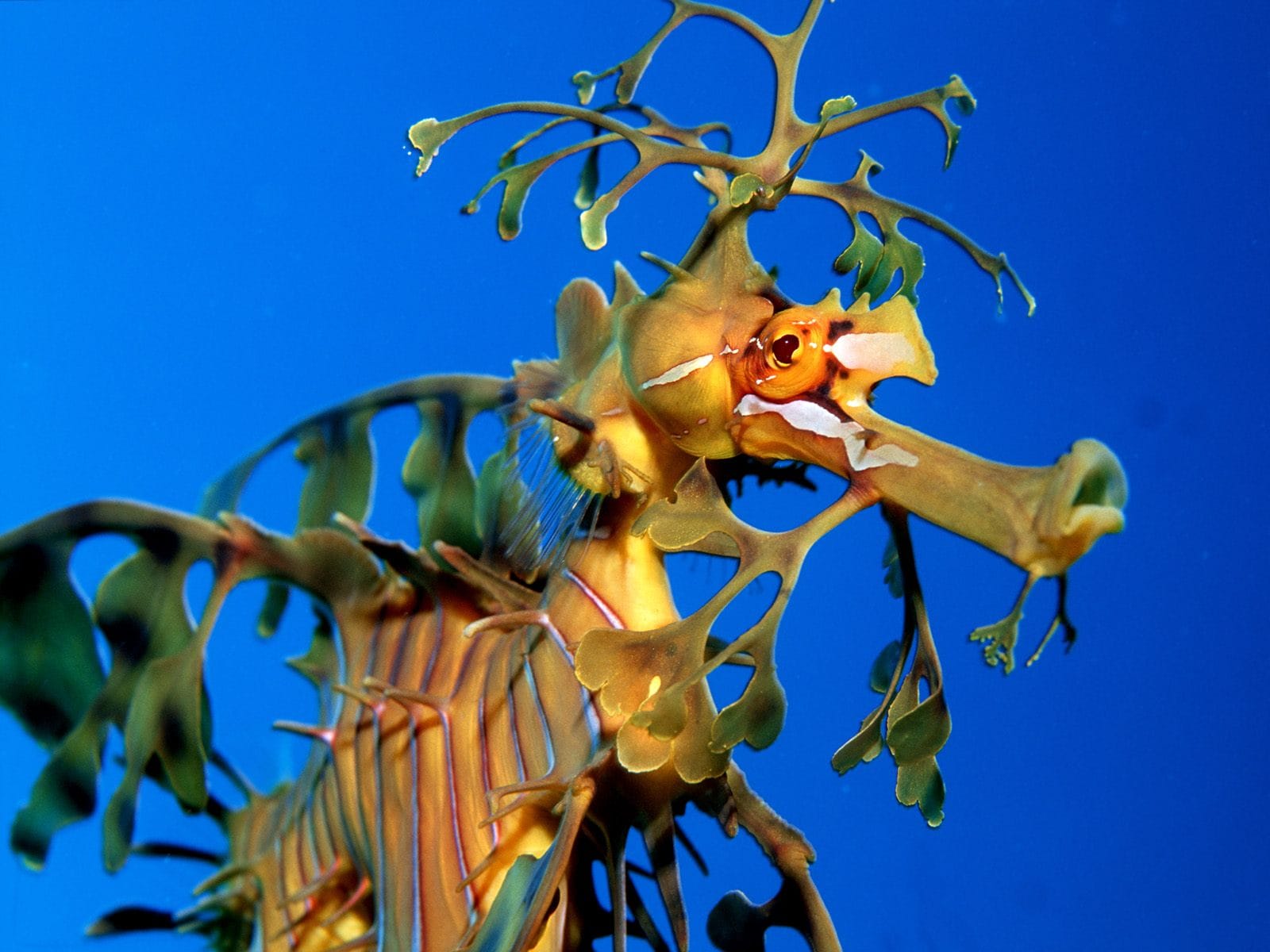
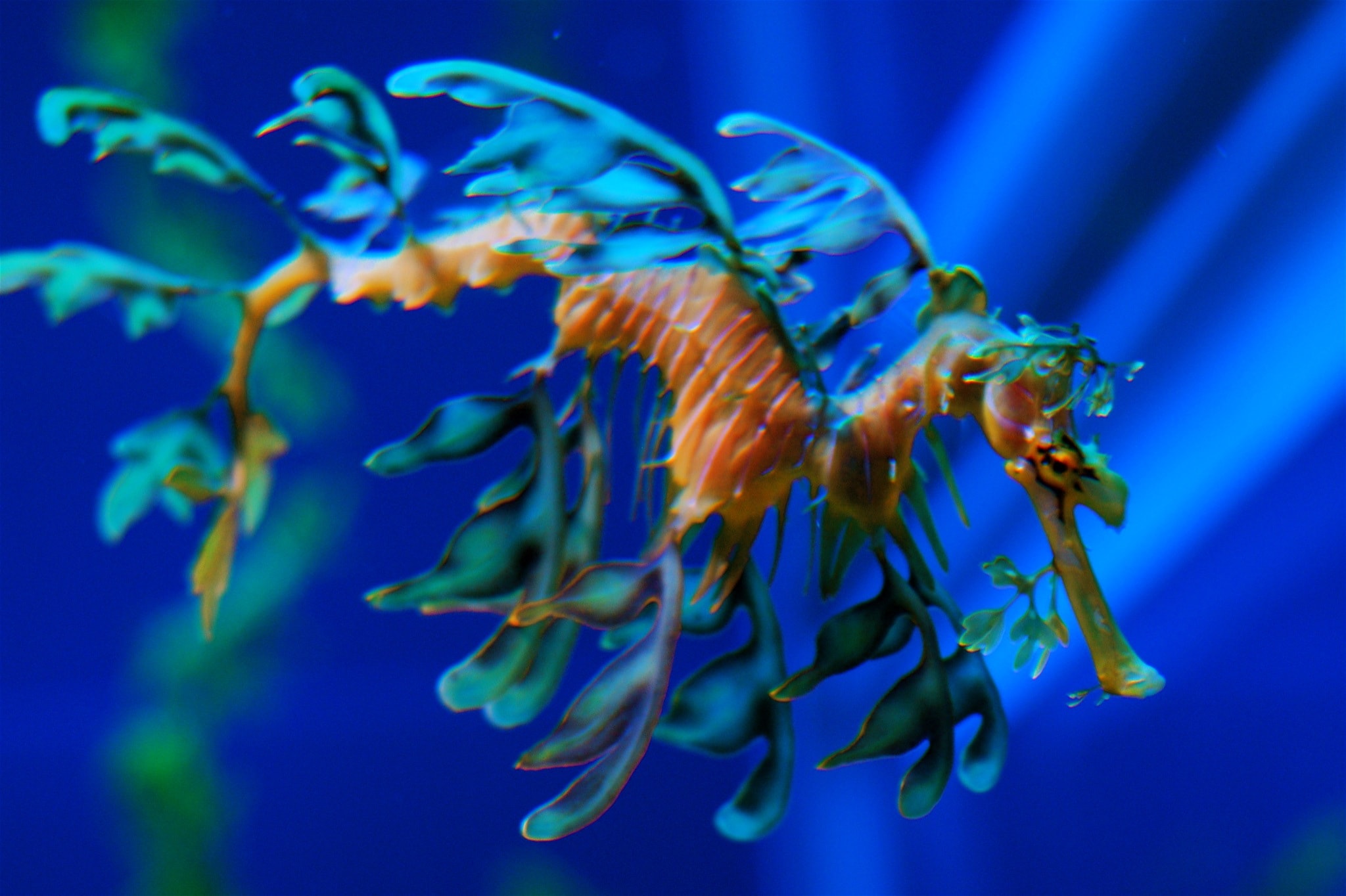
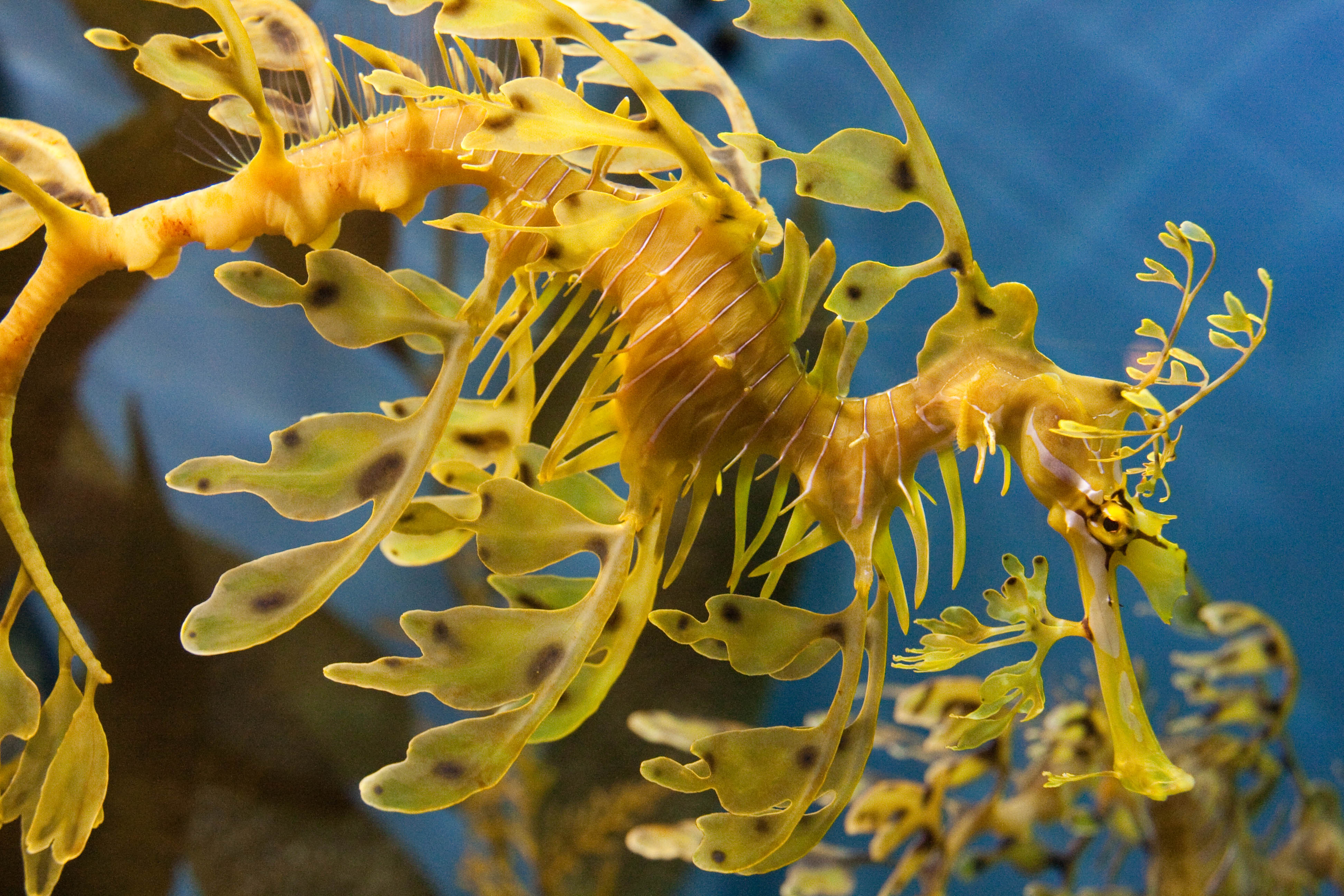
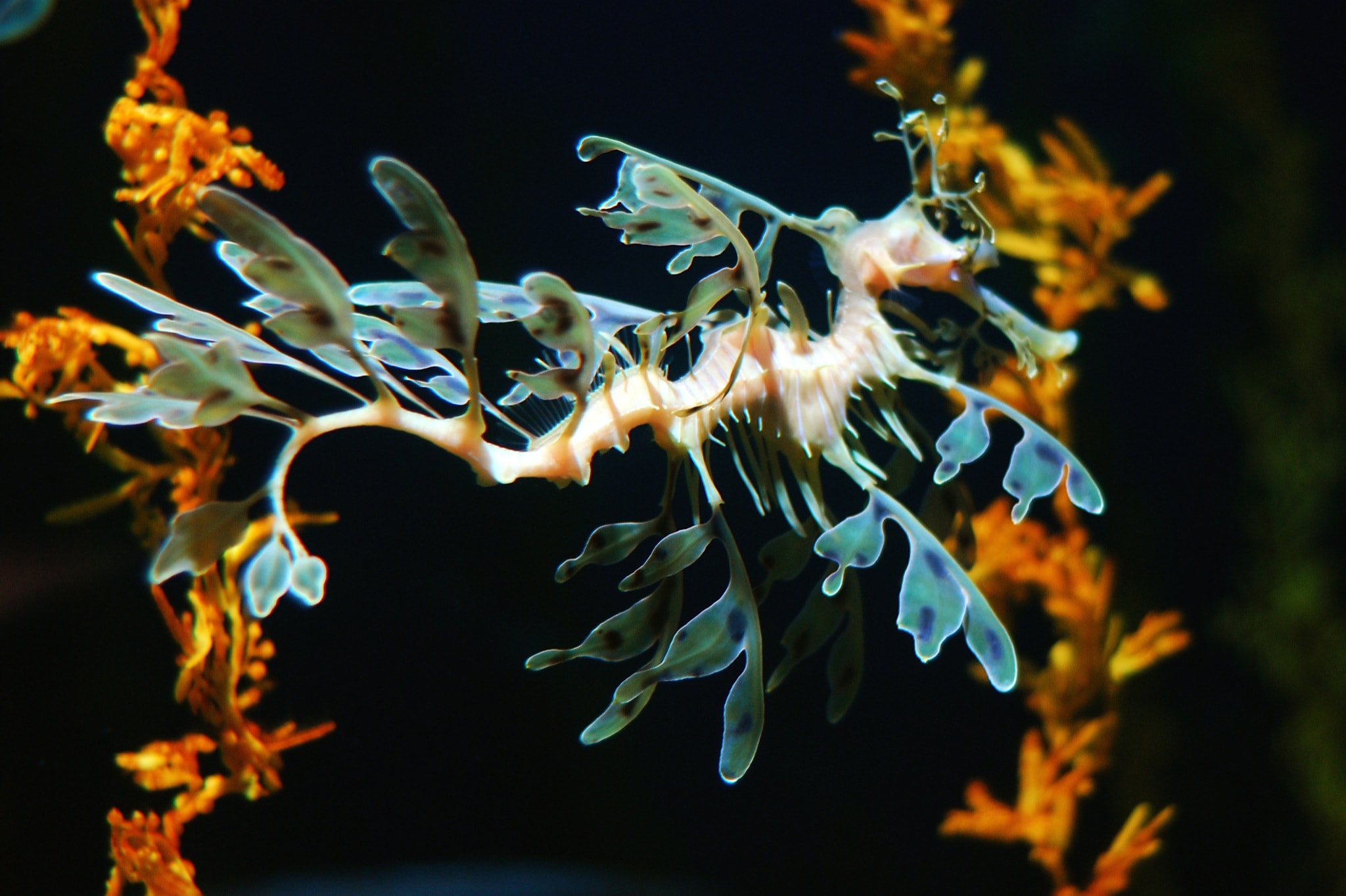



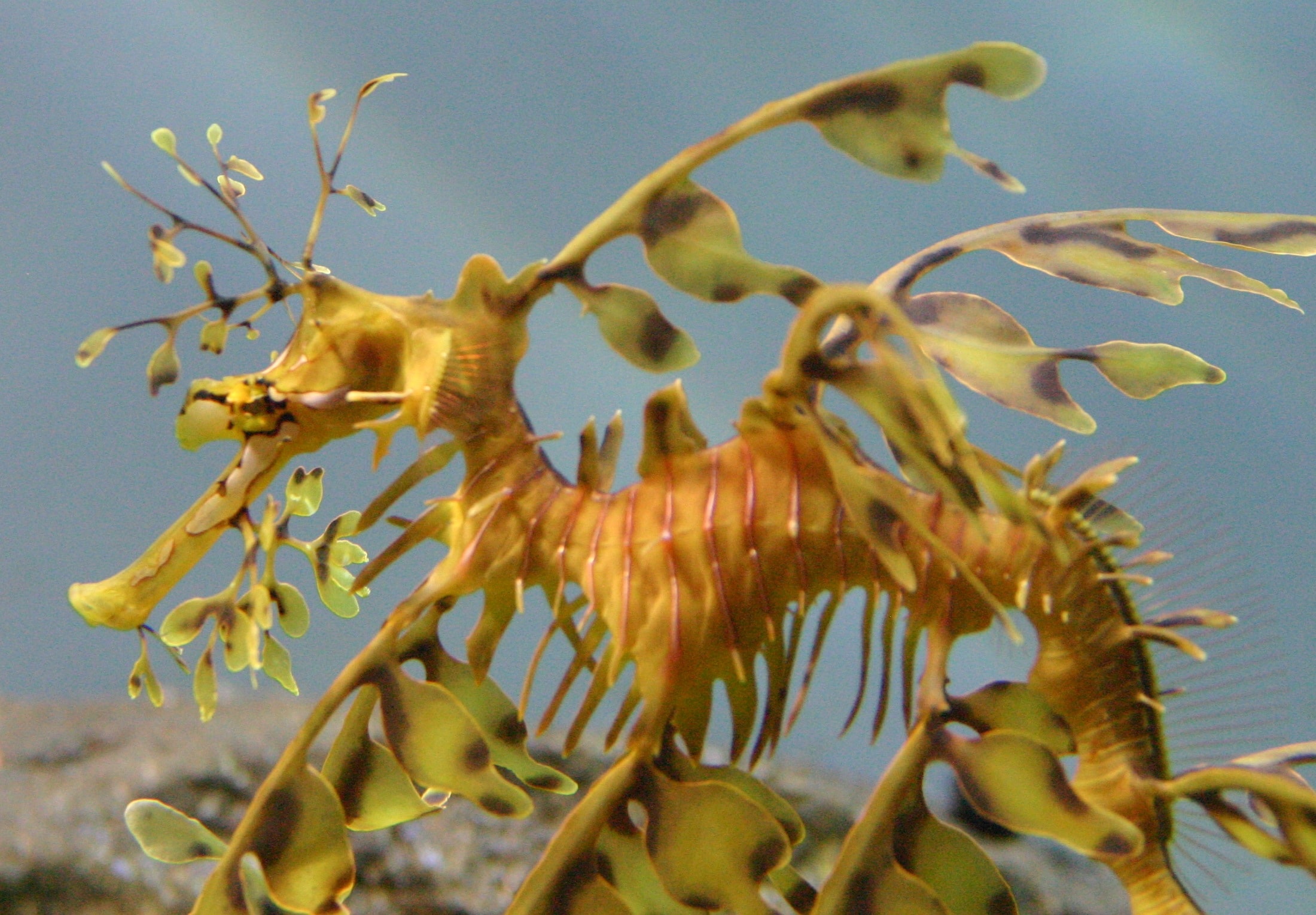
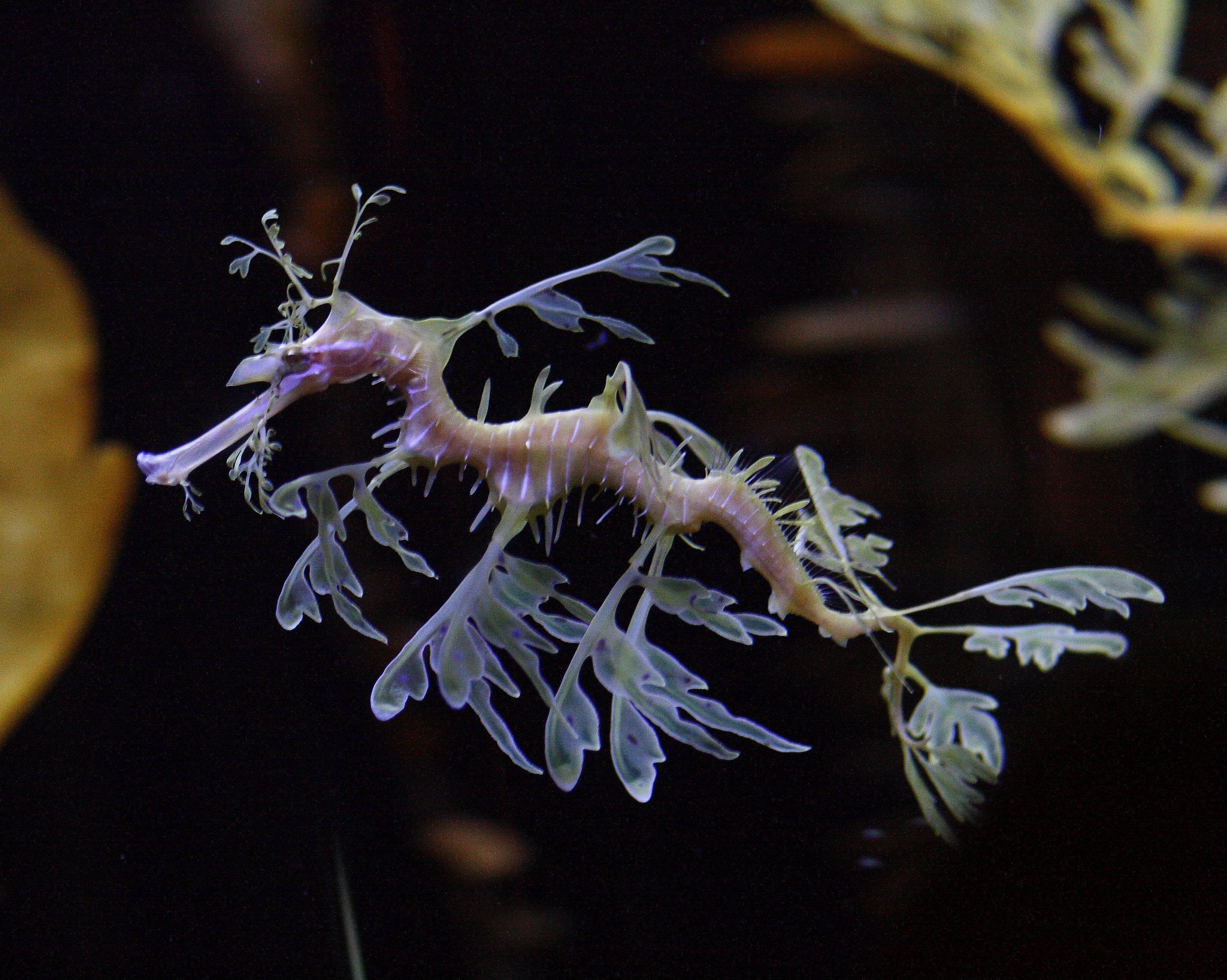

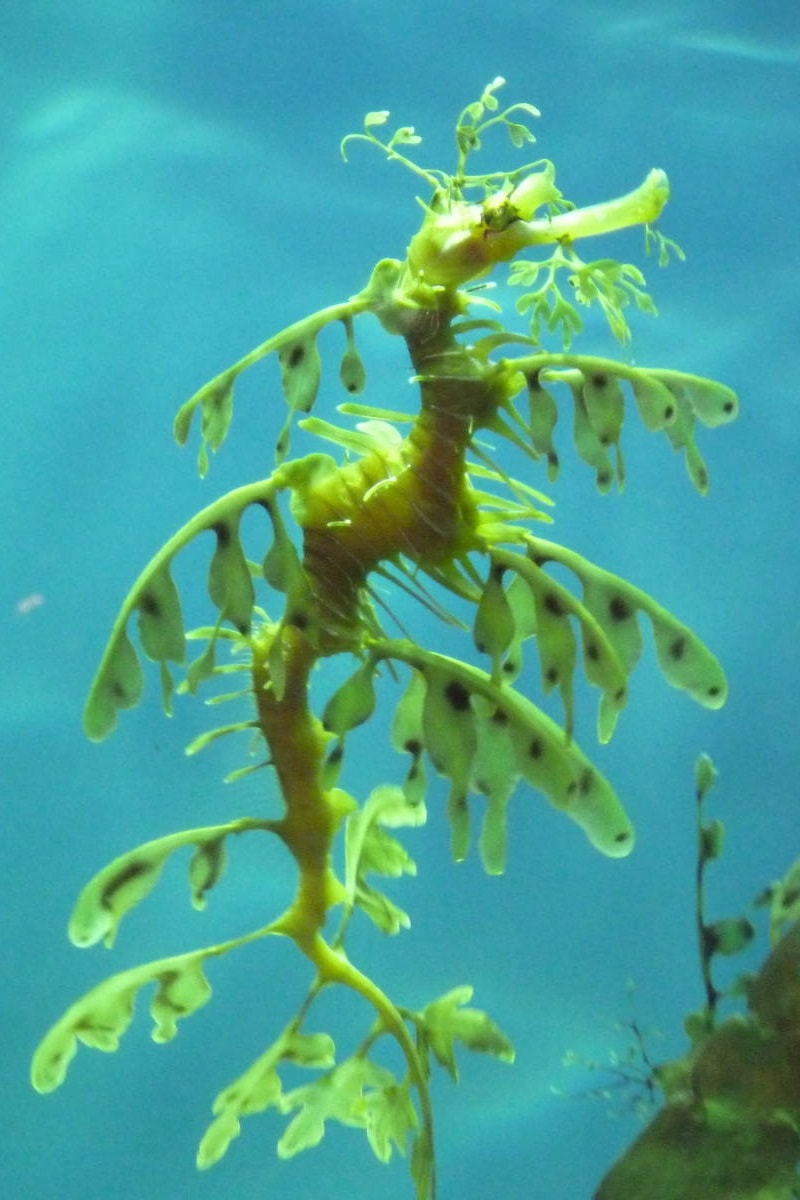
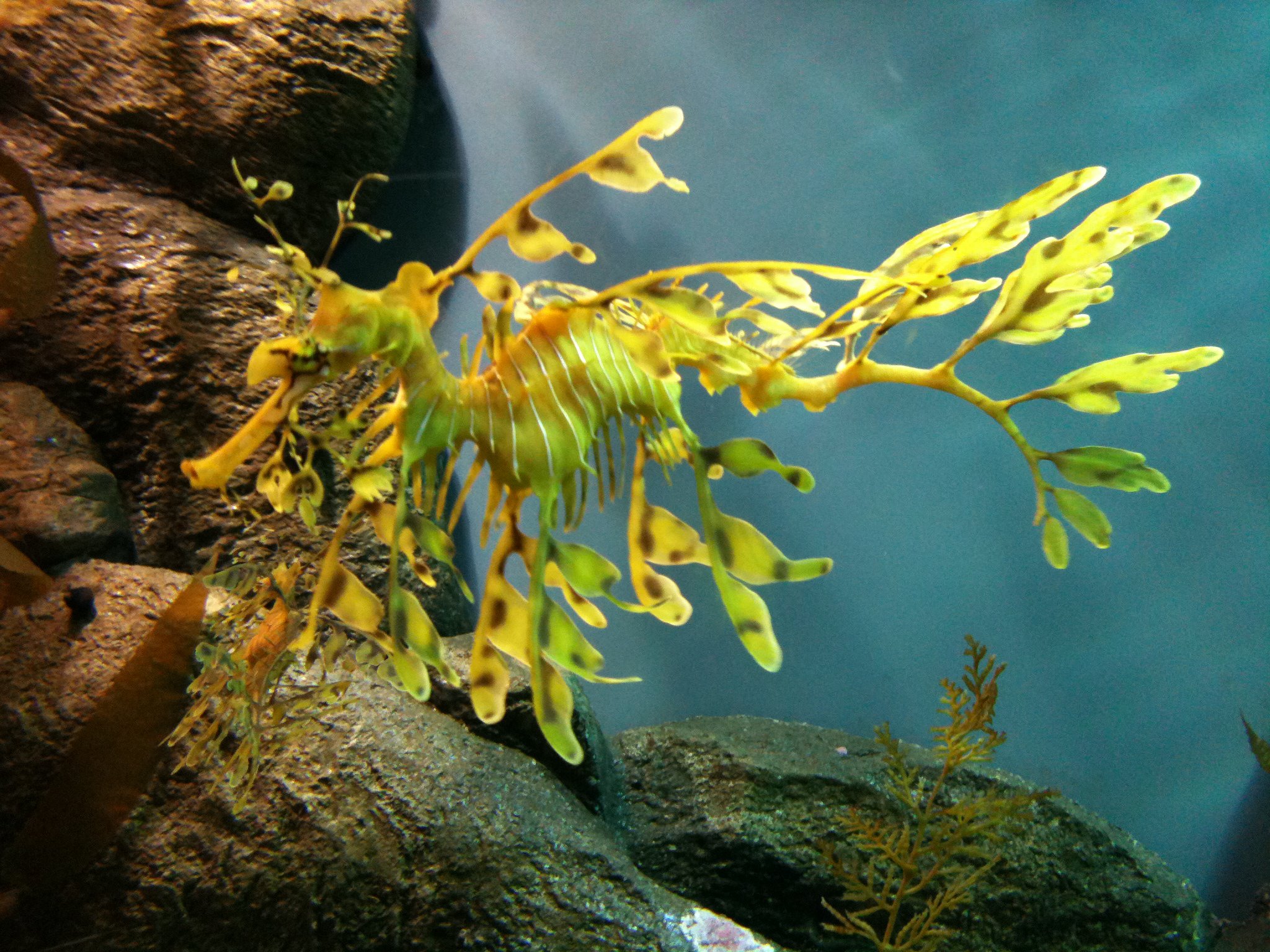
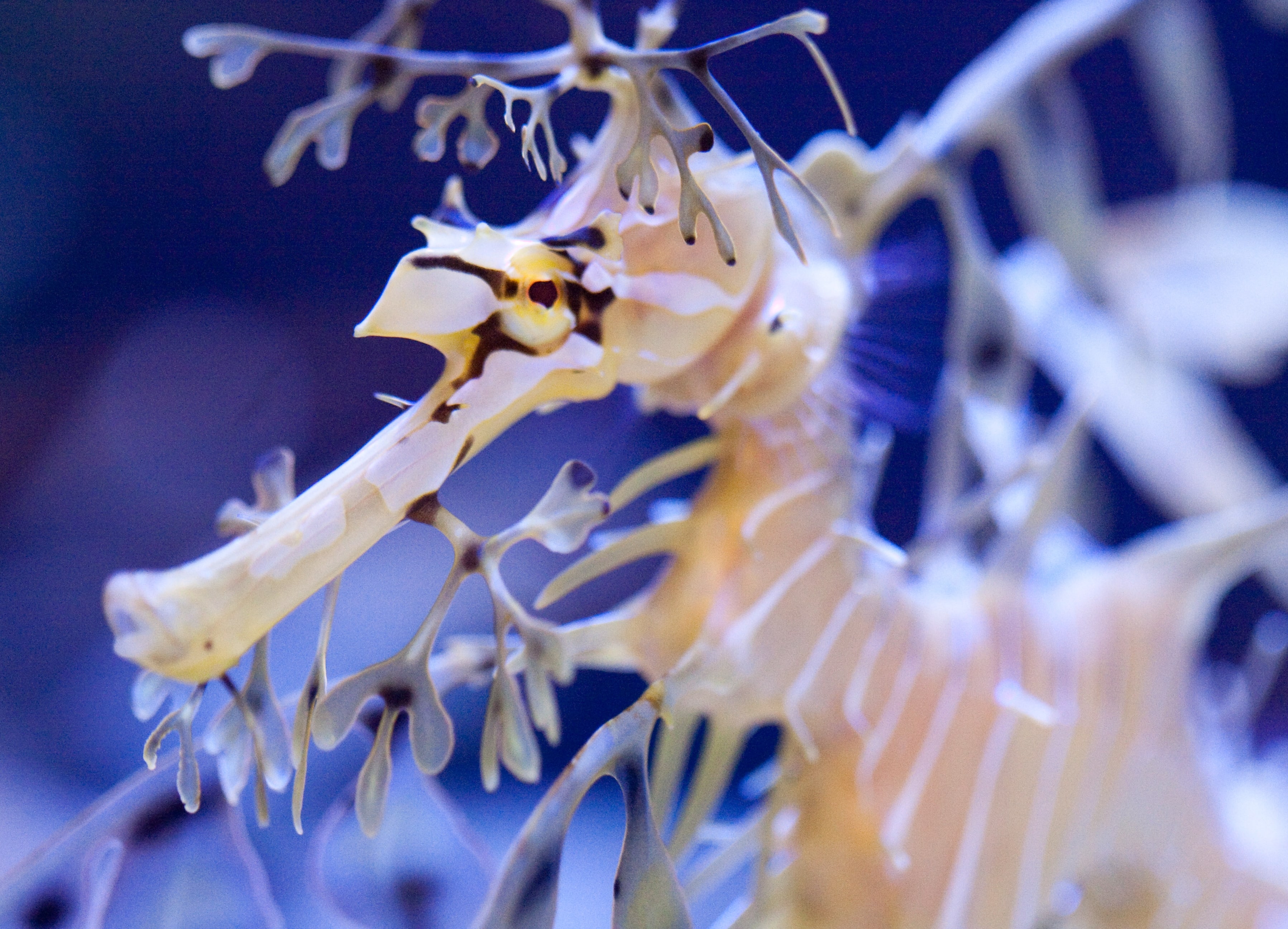

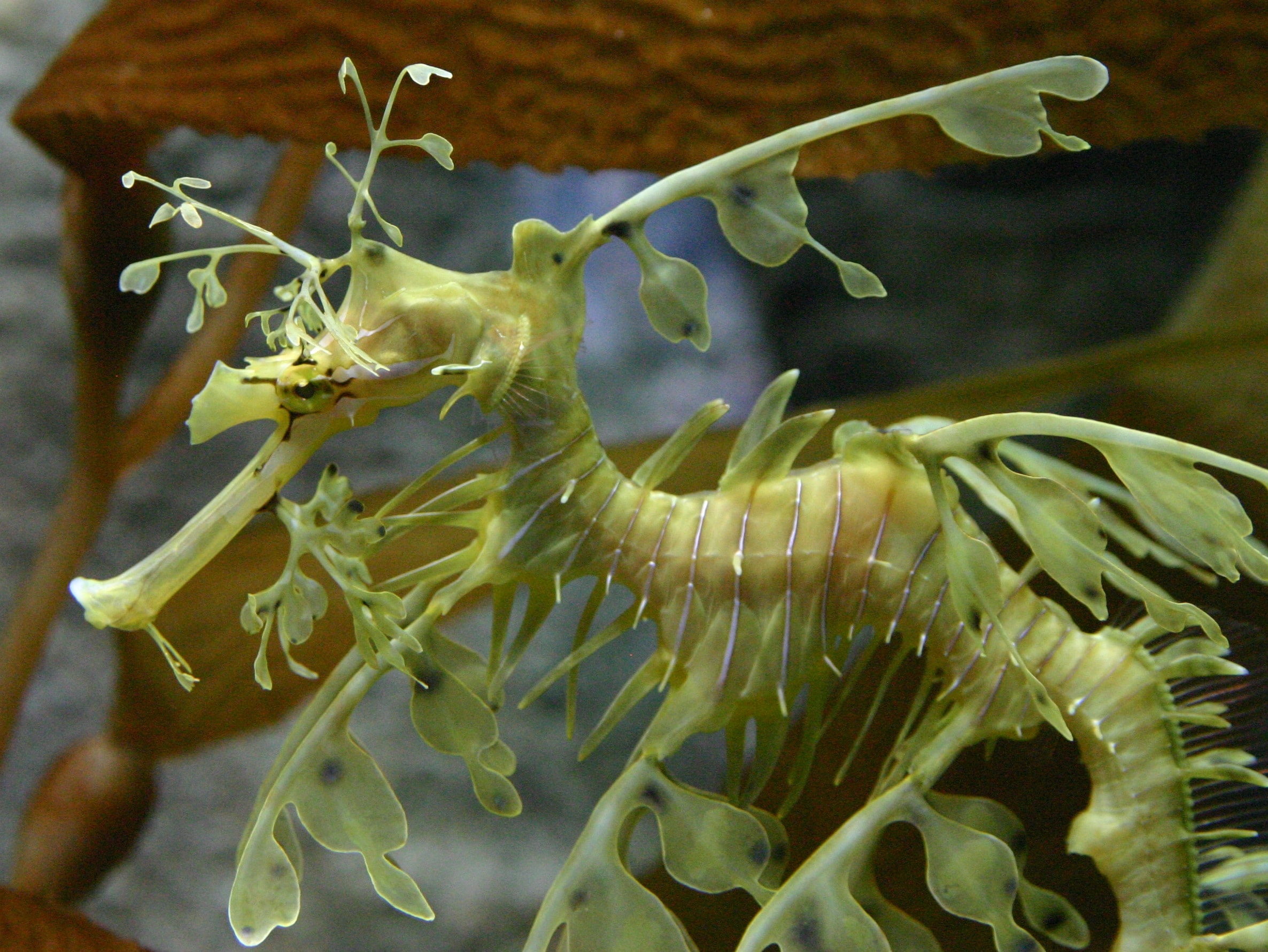

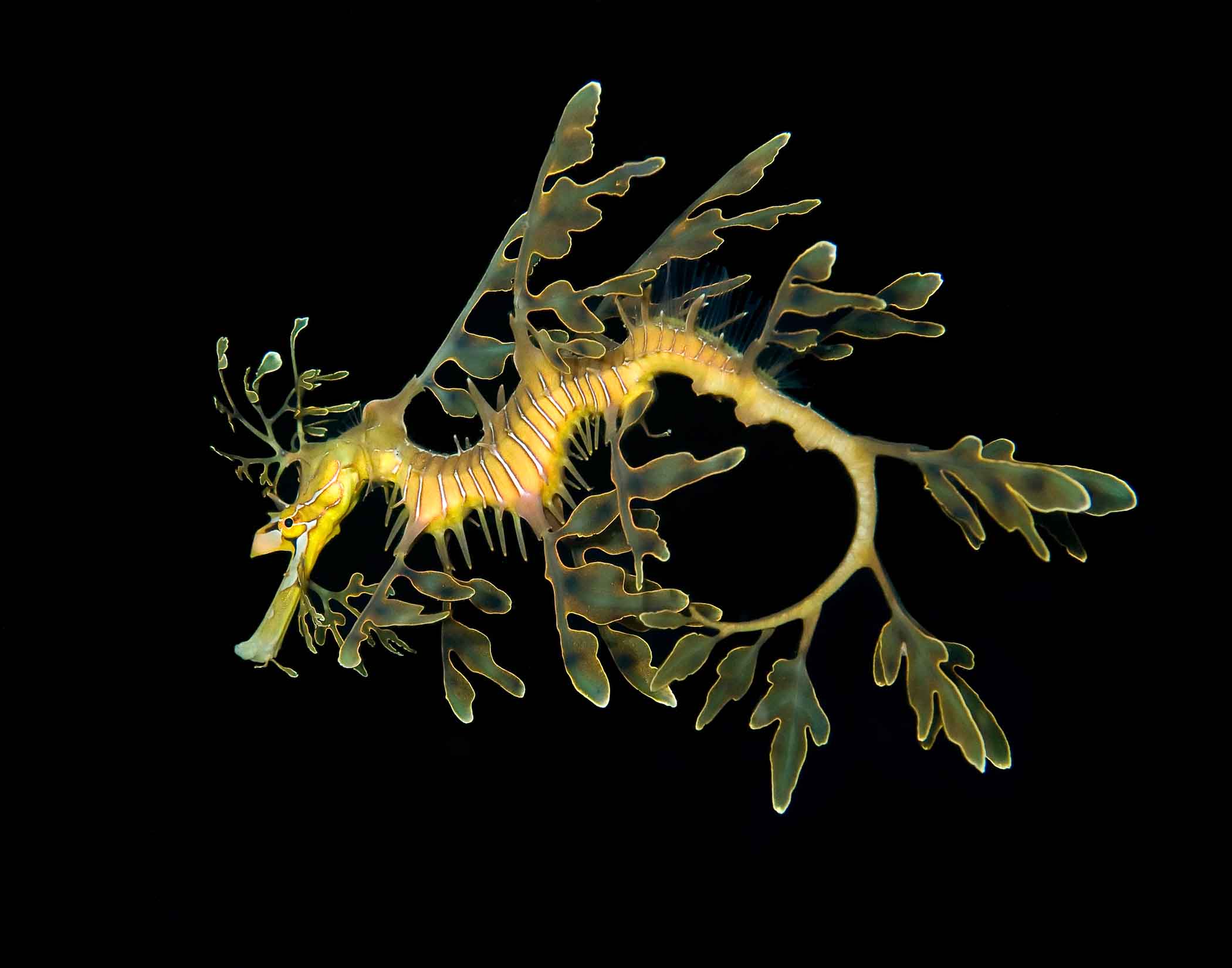
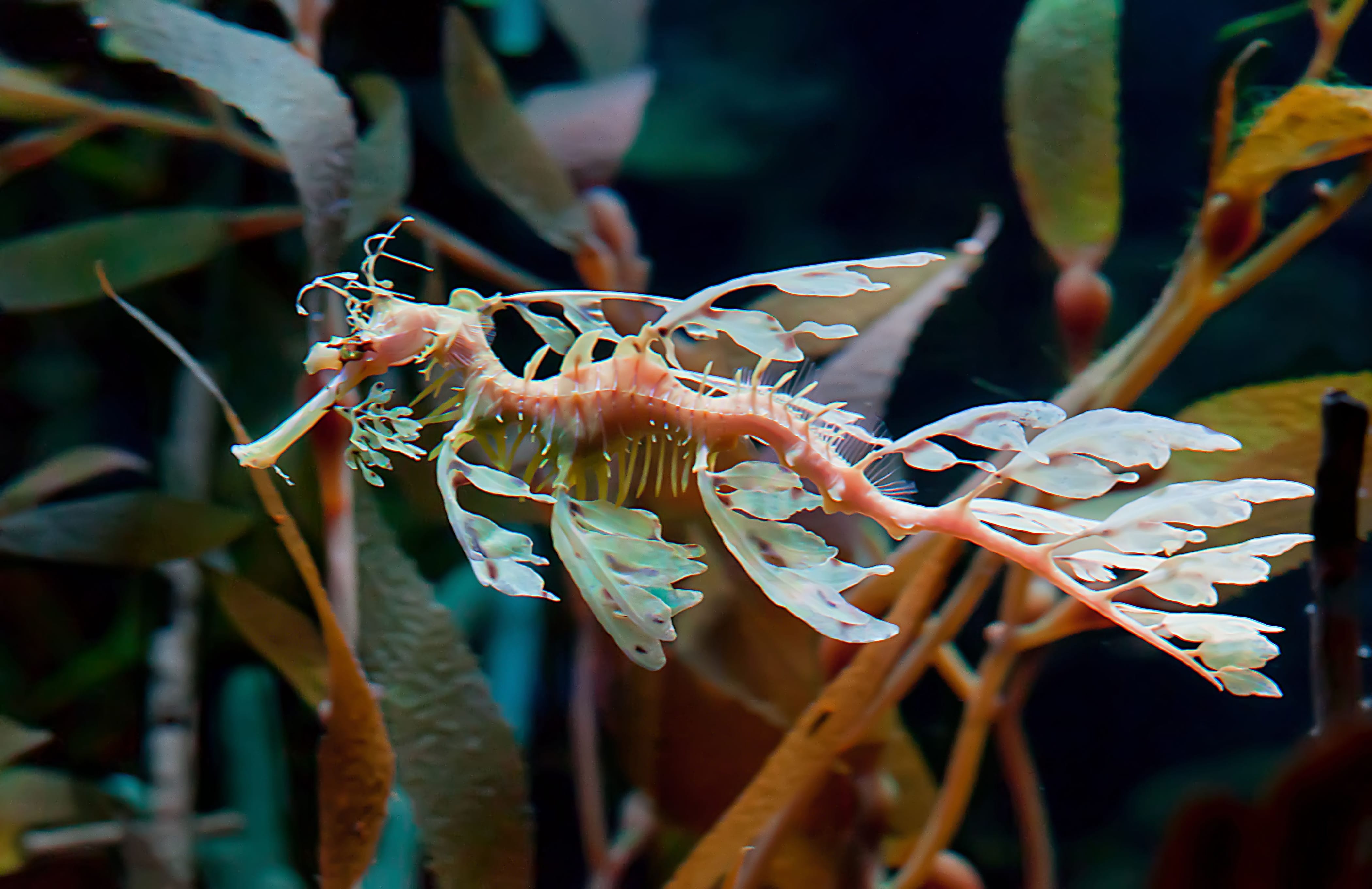
Leafy Seadragon wallpapers for your PC, Android Device, Iphone or Tablet PC. If you want to download Leafy Seadragon High Quality wallpapers for your desktop, please download this wallpapers above and click «set as desktop background». You can share this wallpaper in social networks, we will be very grateful to you.
The leafy sea dragon or ragpicker (Phycodurus eques)
In cool ocean waters around southern coast of Australia, lives the ragpicker (Phycodurus eques) — amazing fish, known in the English-speaking world as the “leafy sea dragon” (leafy seadragon) and the sea dragon Glauert (Glauert”s seadragon). All names are best suited to this marine fauna: it is similar to and ripped off over a bunch of seaweed and a tangle of rags, and the mythical dragon.
Phycodurus eques is the only member of the genus Phycodurus, in fishes of the subfamily eagle, along with sea horses belonging to the family of a needle (Syngnathidae). Often rag-pickers can be found at depths of 4-30 m in rocks rich in vegetation or in accumulations of sea grass, where they choose a dimly lit place with clean water. Fish do not like to leave the chosen parts and when I set off to “far” travel a few hundred meters, then always come back “home.”
Description of view
The rag-pickers — some of the best masters of camouflage in the world of nature. All of their curved body, thin tail and elongated narrow head covered with stiff rings, and multiple processes reminiscent of tree branches. Slightly hesitant in the water “sheets” perfectly camouflage the fish, which is very difficult to see among the sea of vegetation. The color of the rag-pickers varies from green to light yellow or brown and varies depending on the age and diet of the animal, its habitat and environmental conditions.
Moving fish with translucent dorsal and pectoral fins, allowing it to drift only slowly, swaying, as if drawn over a clump of algae. Leafy dragons are capable day to stay in one place (observers once recorded 68 hours stationary position), but sometimes they become obsessed with the craving for change places, and they go in swimming, breaking an hour for about 150 meters. This “huge” speed can not be called even a turtle, as large sea turtles can move to 100-160 times faster, accelerating to 16-24 km/h.
Leafy sea dragons are larger than their cousins — seahorses, growing up to 30-35 cm; they feed on small crustaceans, plankton and larvae of fish, like a straw sucking them with its long tubular mouth.
To see the extraordinary “living hive” among the seaweed, rocks and sea grass only for experienced divers. See rag-pickers in all its glory in large public aquariums, where they provided the proper maintenance that requires specialized knowledge and significant financial costs. Live, these exotic and yet little known fish in captivity up to 7 years, but their breeding has not yet been crowned with success.
Reproduction rag-pickers
Leafy sea dragons — a strong single, in pairs are connected only briefly during the breeding season, and care for the offspring does the father. In this they are similar to sea horses, but there is a difference: the dragons not a marsupial pouch. Before mating, the males under the tail is formed is rich in capillaries orogen, in which the female lays 200-300 bright pink eggs, by the end of the incubation period, acquires a purple or orange color.
The process of hatching occupies several days, and all this time, the male vigorously waving his tail, to help the tiny dragons to be born. In the first day or two the fry feed on yolk SAC, but soon have the ability to swim and to hunt successfully. First, their diet consists of tiny zooplankton, but in the process of growing fish is enriched with a favorite hunting sea dragons — mouth-watering crustaceans-mishigami. Newborn rag-pickers have a length of about 20 mm in 12 months they grow to 20 cm, and they reach reproductive maturity by two years.
Endangered deciduous dragons
Slow fish, the range of which is limited to a tiny area of the World ocean, exposed to both natural and man-made threats. Adult individuals are practically threatened by predators — are so good they are masked by tufts of algae, but juveniles are much more vulnerable, and to reach maturity is possible only 5% of masonry. The main natural hazard for the grown-up rag-pickers — the storms, because, unlike seahorses, they are unable to grasp the tail of seaweed and grass, and during storms they are sometimes washed ashore.
A huge threat to the animals present runoff, polluting coastal waters, and the divers fishing sea dragons as a trophy or for use in alternative medicine. At the end of XX century the population of rag-pickers has decreased to a critical size, so the Australian government took them under strict protection.
Leafy sea dragons in popular culture
Unusual fish have become heroes of many films and books. The ragpicker was the prototype pokemon Dragula is the official marine emblem of the state of South Australia, which is held since 2005 Leafy Sea Dragon Festival — a festival in honor of this amazing creation.
Deciduous dragon took pride of place among the other animals depicted on the silver coin series Australian Sea Life released by the mint in Perth.

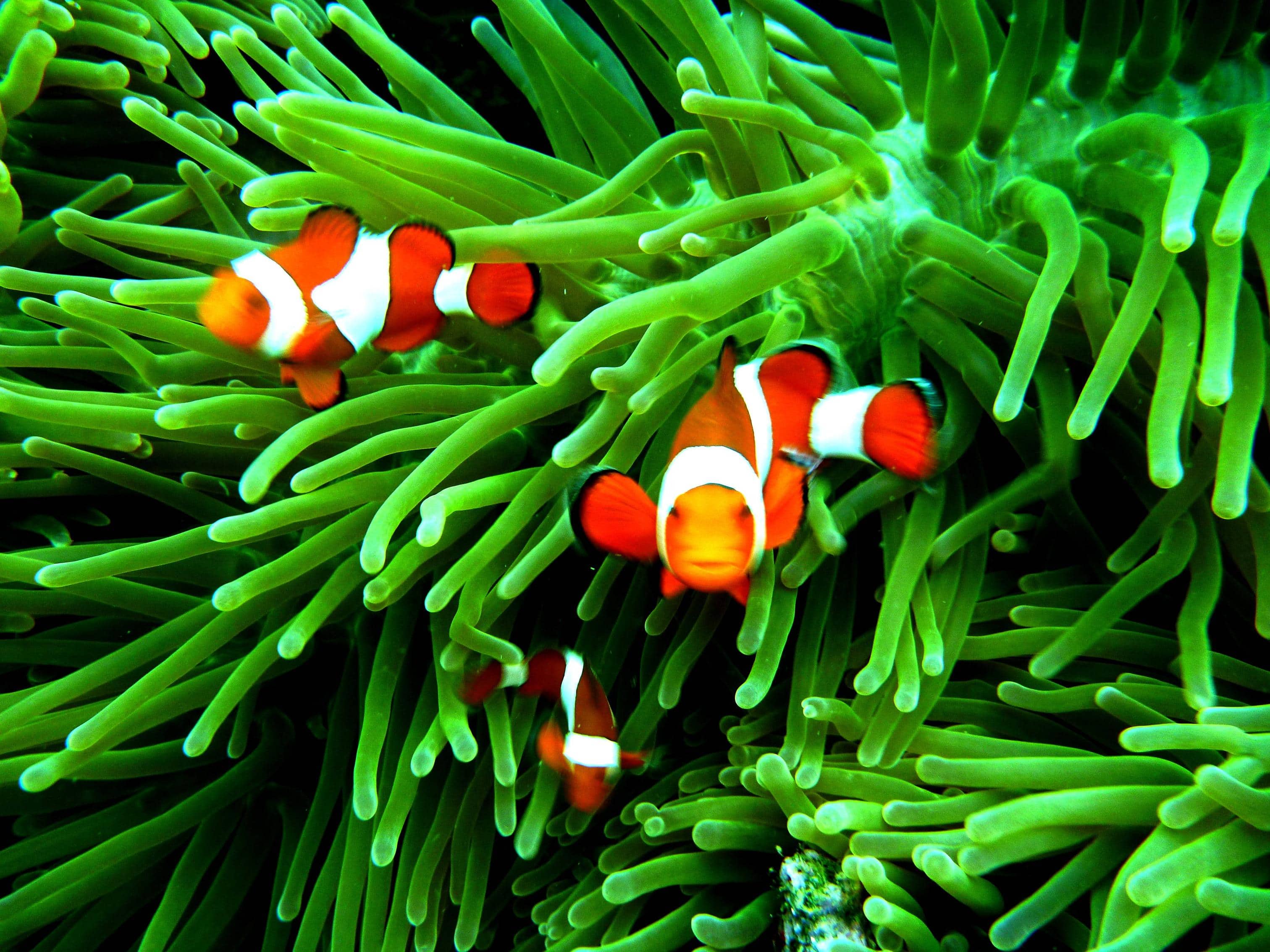
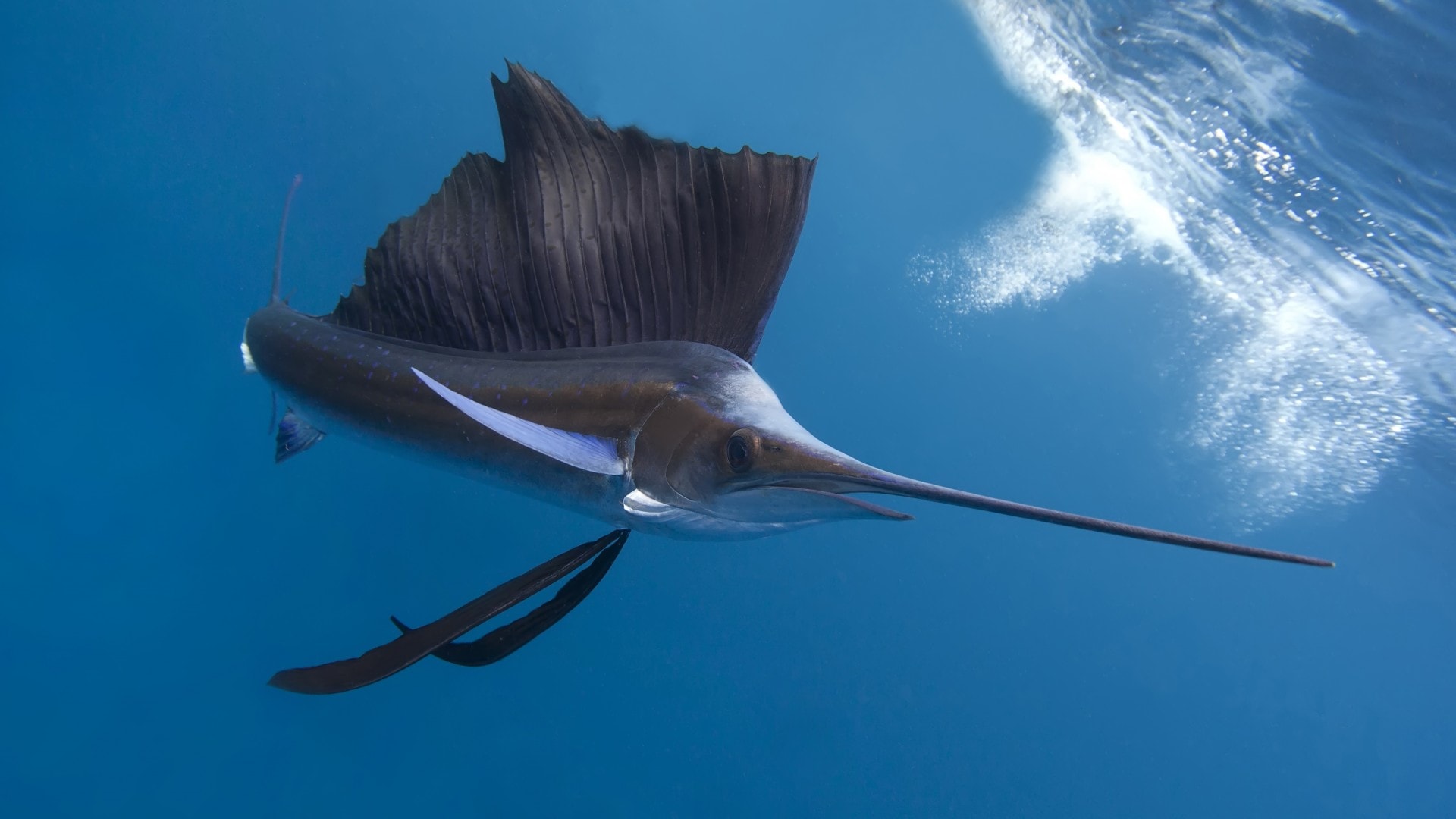
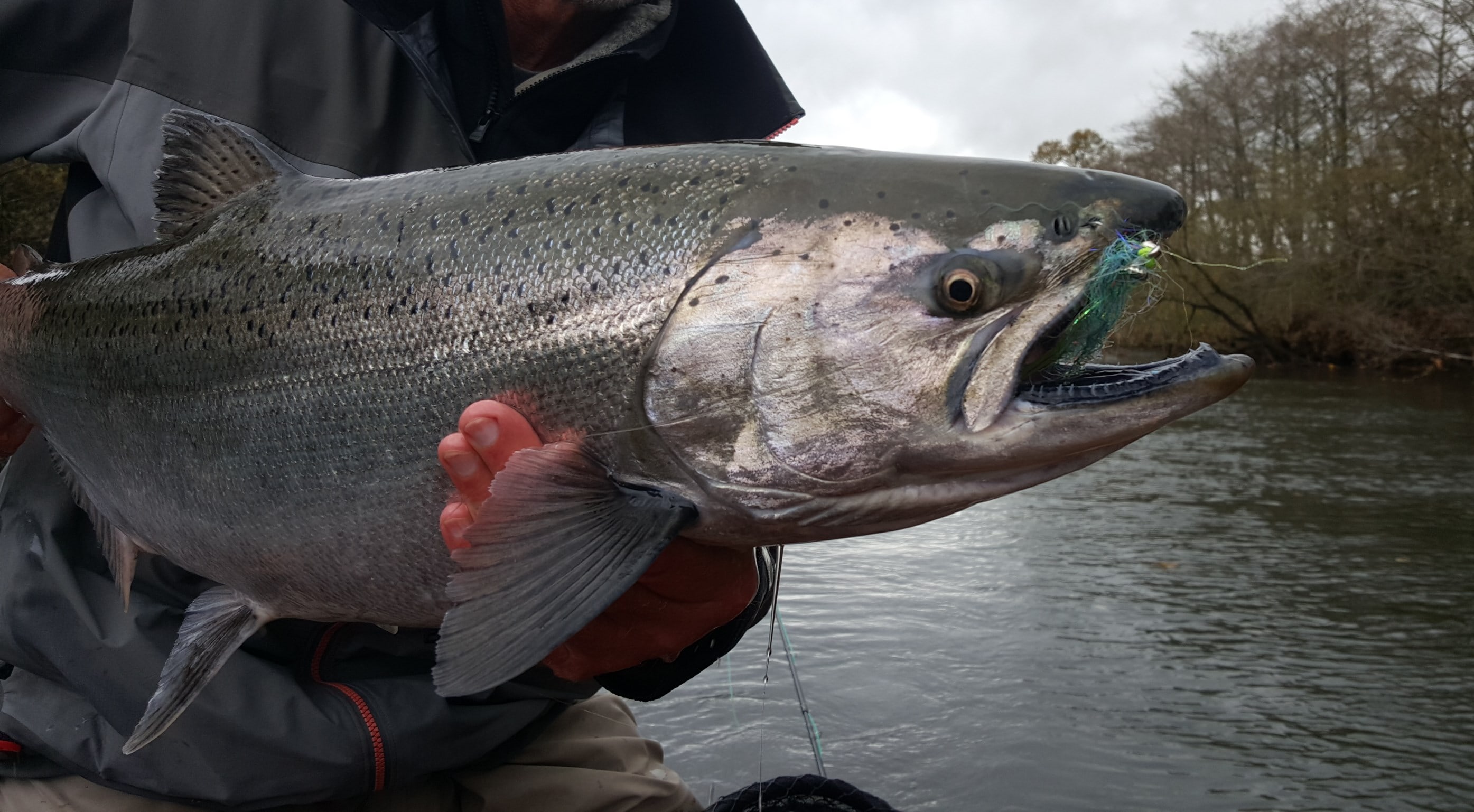
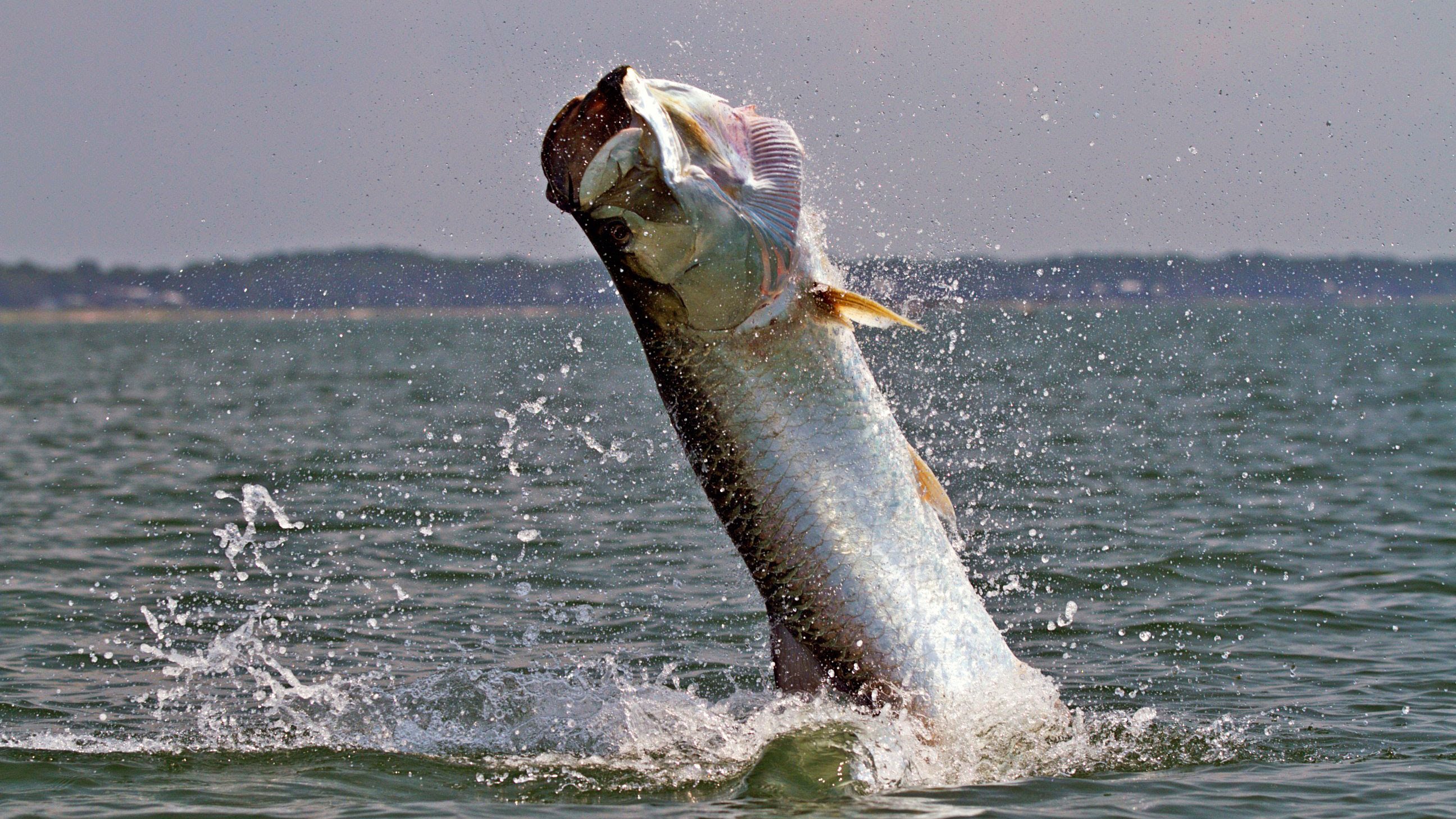


No Comment